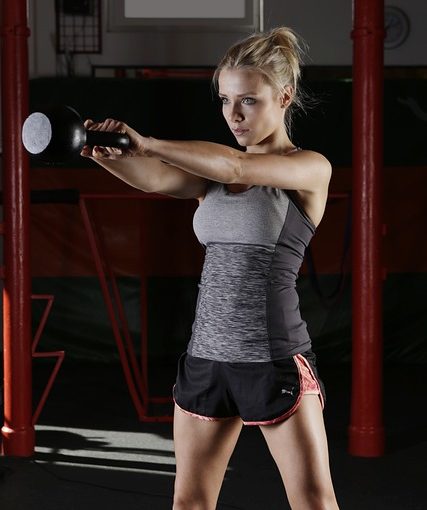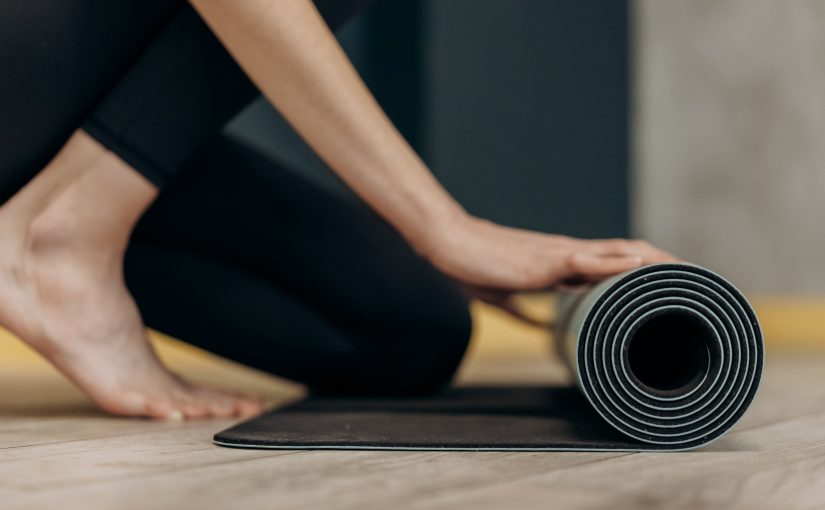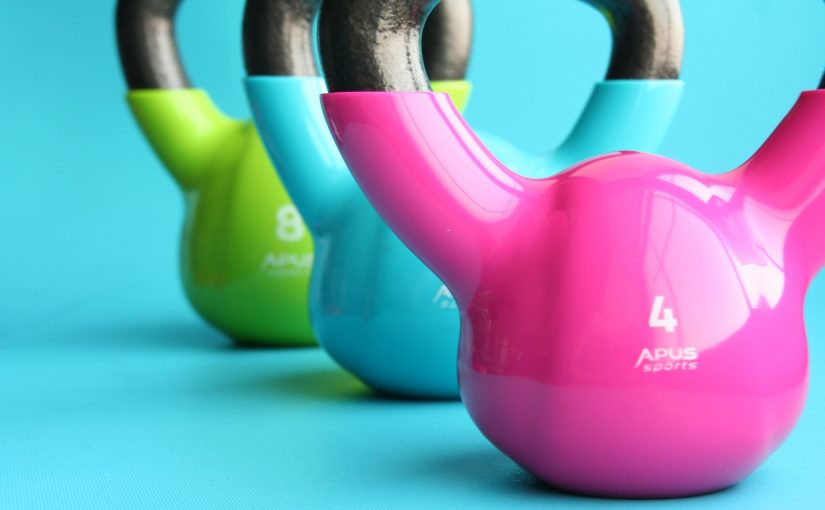Our lives are increasingly intertwined with technology. From shopping online to surfing social media, nearly every aspect of our lives have gone digital. The world of fitness and health is no exception. Indeed, there are a myriad of apps available for iOS and Android boasting that they can help individuals get in shape and live a healthier life.
With the rise of online fitness coaching, individuals seeking to achieve their health goals in 2024 have a powerful tool at their disposal. But what is online coaching and how can it be the game changer you need to become fitter, healthier, and happier?
The Evolution of Fitness Coaching
Traditional fitness coaching usually involves face-to-face sessions with a personal trainer at a gym or fitness studio. While this approach has proven effective over the years, it is not without limitations. Scheduling conflicts, geographic constraints, and the cost of hiring a personal trainer can be barriers to success for many individuals. Cost is often the most cited reason people do not hire a fitness coach or personal trainer. However, this is where online fitness coaching steps in as a viable alternative.
What is Online Fitness Coaching?
Online fitness coaching is a personalized and remote fitness training program offered over the internet. It leverages digital tools and communication platforms to connect clients with certified fitness coaches, nutritionists, and wellness experts. Through this online platform, clients receive tailored workout plans, nutritional guidance, and ongoing support to help them achieve their health and fitness goals.
Key Components of Online Fitness Coaching
- Customized Workout Plans: One of the primary benefits of online fitness coaching is the creation of individualized workout plans. Coaches assess a client’s fitness level, goals, and any specific needs or limitations. They then design workouts that are tailored to the individual, ensuring they are both effective and safe.
- Nutritional Guidance: Nutrition plays a crucial role in achieving fitness goals. Online fitness coaches offer personalized dietary recommendations and meal plans to support clients in making healthier food choices. This guidance helps clients optimize their nutrition to complement their fitness routines
- Accountability and Monitoring: Online fitness coaches provide continuous support and accountability. Clients often submit progress reports, track their workouts and meals, and engage in regular check-ins with their coaches. This ongoing communication helps clients stay motivated and accountable.
- Flexibility: Online fitness coaching offers flexibility in terms of when and where clients can exercise. This flexibility is particularly valuable in a world where busy schedules and social distancing measures may limit access to gyms or training facilities.
Why Online Fitness Coaching is Crucial in 2024
- Accessibility: Online fitness coaching is accessible to people regardless of their location. Whether you live in a bustling city or a remote rural area, you can connect with a qualified coach. This accessibility is especially important in 2024, when access to traditional fitness facilities may still be limited due to various factors, including public health concerns.
- Convenience: The convenience of online fitness coaching cannot be overstated. With busy work schedules, family obligations, and social commitments, finding time to visit a gym or fitness center regularly can be a challenge. Online coaching allows individuals to work out when it fits into their daily routines, making it easier to prioritize fitness.
- Personalization: In 2024, the demand for personalized fitness solutions is higher than ever. Each person has unique fitness goals and needs, and online coaching excels in providing tailored guidance. Whether you aim to lose weight, build muscle, or improve your overall health, an online fitness coach can create a plan that aligns with your specific objectives.
- Affordability: Online fitness coaching can be a cost-effective option compared to traditional personal training sessions, which can be expensive. Many online coaching programs offer various pricing tiers to suit different budgets. This affordability makes high-quality fitness guidance accessible to a broader audience.
- Technology Integration: The integration of technology in online fitness coaching is a significant advantage. In 2024, fitness apps, wearable devices, and online platforms will become more advanced, allowing for seamless tracking of progress, metrics, and health data. Coaches can use this data to refine their clients’ programs for better results.
- Community and Support: Online fitness coaching often includes access to a supportive community of like-minded individuals. In 2024, when social interaction may still be limited in some regions, the sense of belonging to an online fitness community can provide motivation and encouragement.
Online fitness coaching has emerged as a crucial tool for individuals striving to achieve their health and fitness goals in 2024. Its accessibility, convenience, personalization, affordability, and integration with technology make it a powerful solution in a world where traditional fitness routines may face challenges. If you’re looking to embark on a fitness journey or take your current one to the next level, consider the benefits of online fitness coaching as you work toward a healthier and more active lifestyle.


